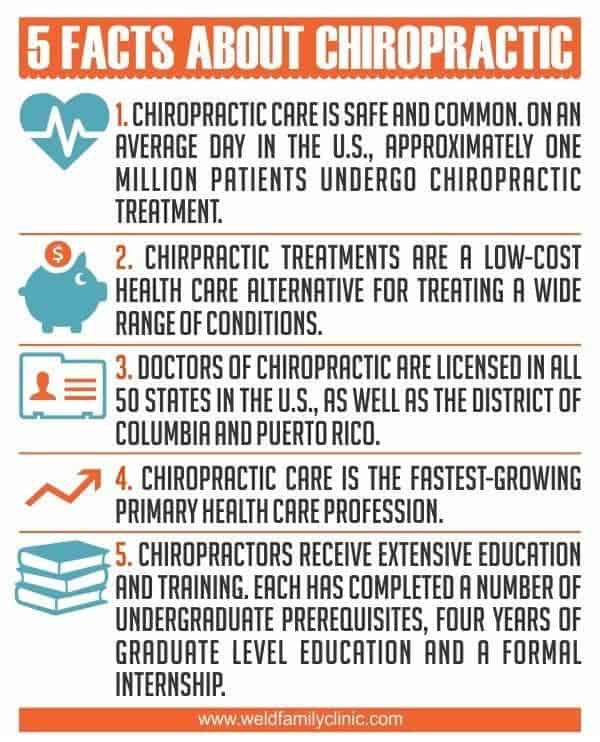Cold Laser Treatment And Traditional Pain Relief Methods: What You Should Recognize
Cold Laser Treatment And Traditional Pain Relief Methods: What You Should Recognize
Blog Article
Write-Up By-Shore MacDonald
When you're discovering pain relief alternatives, you may find yourself weighing the benefits of cold laser therapy versus traditional techniques like medicines and physical treatment. While you might value the immediate comfort that NSAIDs or opioids can give, their possible adverse effects might make you reevaluate. Cold laser treatment, on the other hand, assures a non-invasive technique that targets healing at the cellular degree. You may ask yourself just how these alternatives accumulate in regards to performance and safety and security, and what that can suggest for your pain monitoring trip.
Introduction of Cold Laser Therapy
Cold laser treatment, also known as low-level laser therapy (LLLT), utilizes specific wavelengths of light to boost recovery in broken tissues. You may find this treatment beneficial if you're taking care of persistent pain, swelling, or injuries.
The process entails routing low-intensity lasers onto the impacted areas, promoting cellular repair work and decreasing pain without damaging surrounding tissues.
During a session, the laser light penetrates your skin, stimulating cells and improving their capacity to recover. You won't really feel pain or discomfort, as the therapy is non-invasive and typically secure. Many people experience boosted blood circulation, decreased swelling, and sped up tissue repair service following treatment.
You might undertake several sessions to accomplish optimum results, depending upon your particular problem and feedback to therapy. The period of each session typically varies from a few minutes to half an hour.
It's vital to seek advice from a certified professional who can examine your needs and develop a customized therapy plan.
Typical Pain Relief Techniques
While cold laser treatment supplies a modern-day technique to discomfort alleviation, standard techniques have actually been relied upon for several years and continue to be extensively utilized. You could already be familiar with several of these approaches, which include over the counter medications, prescription medications, physical treatment, and also alternate methods like acupuncture.
check out here -prescription painkiller, such as ibuprofen or acetaminophen, give quick and obtainable relief for moderate to moderate pain. Prescription drugs can assist take care of a lot more severe discomfort yet often included possible side effects.
Physical treatment focuses on exercises and stretches to reinforce muscle mass and boost movement, helping in pain decrease over time. Different methods like acupuncture use targeted needle positionings to promote details factors in your body, possibly alleviating pain through natural mechanisms.
Massage therapy can additionally give relief by promoting blood flow and minimizing muscle mass stress.
Incorporating these typical approaches into your discomfort monitoring plan can be beneficial, specifically when combined with more recent therapies. visit web site to speak with your healthcare provider to figure out the very best approach customized to your demands.
Contrasting Effectiveness and Security
When it pertains to discomfort relief, comparing the efficiency and security of cold laser therapy with standard methods is critical for making educated choices. Cold laser treatment utilizes low-level lasers to boost recovery at the mobile degree, commonly resulting in decreased pain and inflammation. Lots of people report positive results, particularly for persistent conditions like joint inflammation or tendonitis.
In contrast, typical methods like NSAIDs or opioids can provide quick alleviation, yet they include prospective adverse effects, including stomach problems or dependence. While these medicines might work for temporary pain monitoring, they don't address the underlying issues as directly as cold laser therapy.
Safety and security is an additional essential variable. Cold laser therapy is generally taken into consideration safe, with minimal negative effects, making it an enticing alternative for long-lasting discomfort monitoring. On the other hand, standard approaches can present considerable threats, specifically with extended use.
Inevitably, you must evaluate the advantages and downsides of each option based upon your specific demands and medical history. Consulting with a health care professional can assist you identify the most effective strategy to effectively manage your discomfort safely.
Conclusion
In summary, cold laser therapy offers an appealing choice to traditional discomfort relief techniques. While NSAIDs and opioids can give fast relief, they frequently come with undesirable adverse effects. If you're seeking a non-invasive option that advertises healing and addresses chronic discomfort, CLT could be worth thinking about. Always consult your medical care expert to find the best approach tailored to your needs, guaranteeing you make an educated decision concerning your discomfort administration technique.
